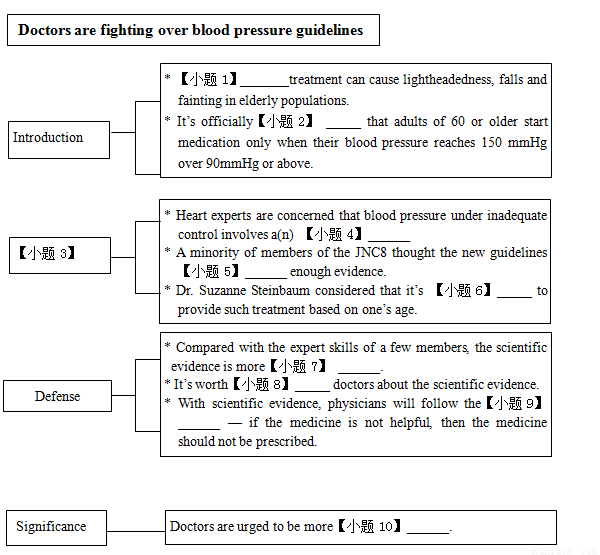0 133059 133067 133073 133077 133083 133085 133089 133095 133097 133103 133109 133113 133115 133119 133125 133127 133133 133137 133139 133143 133145 133149 133151 133153 133154 133155 133157 133158 133159 133161 133163 133167 133169 133173 133175 133179 133185 133187 133193 133197 133199 133203 133209 133215 133217 133223 133227 133229 133235 133239 133245 133253 151629
